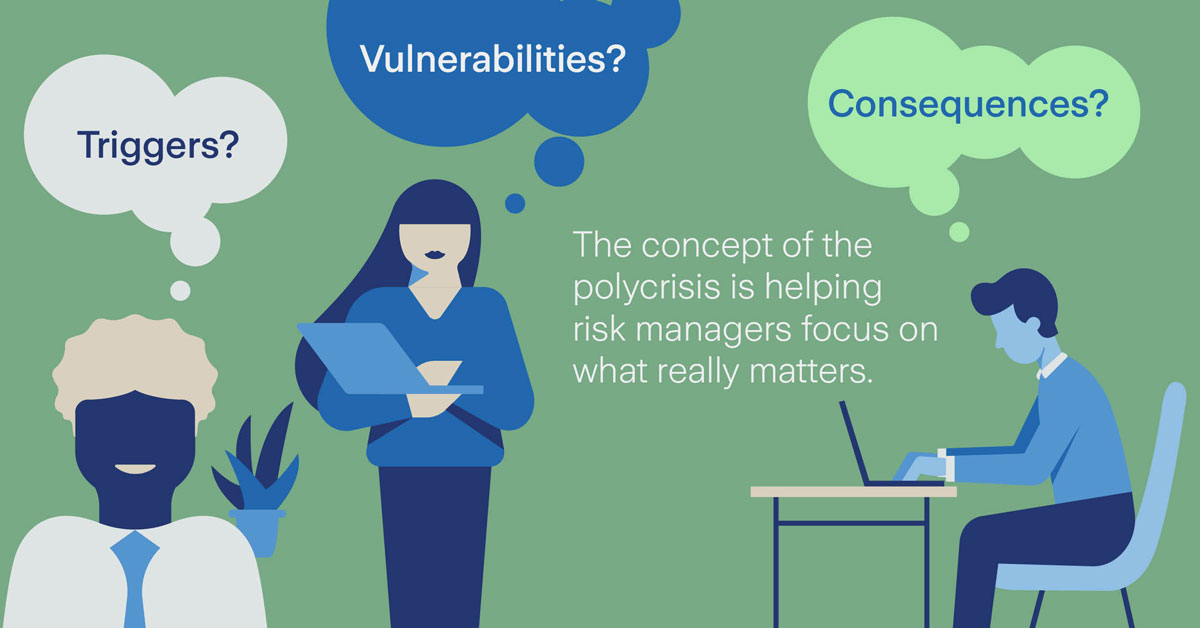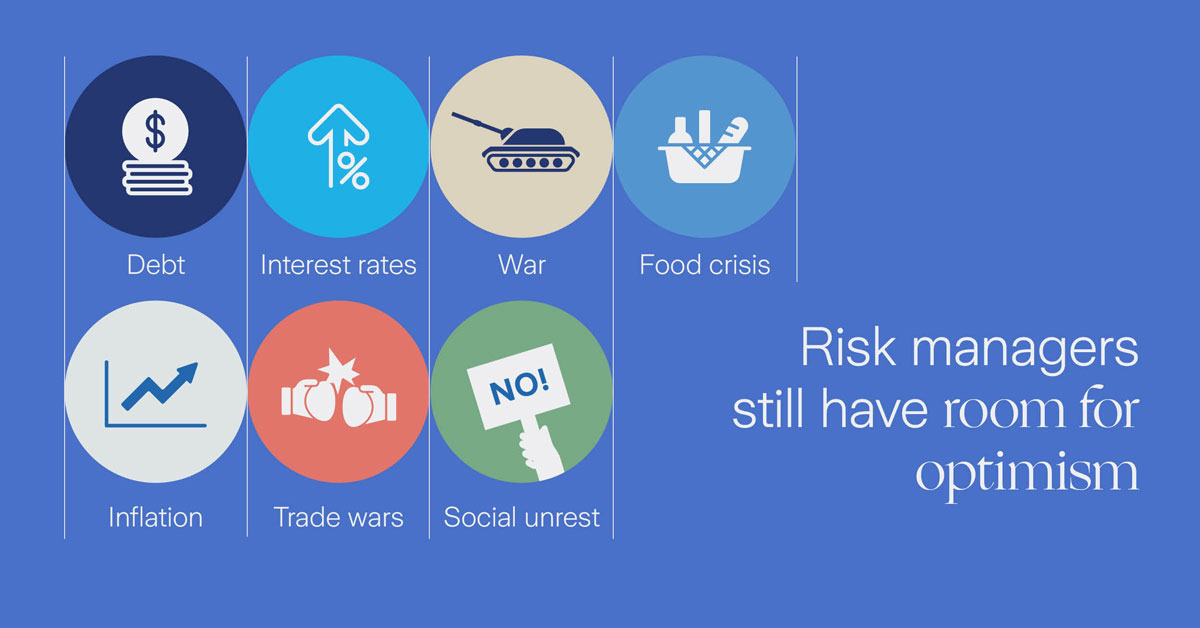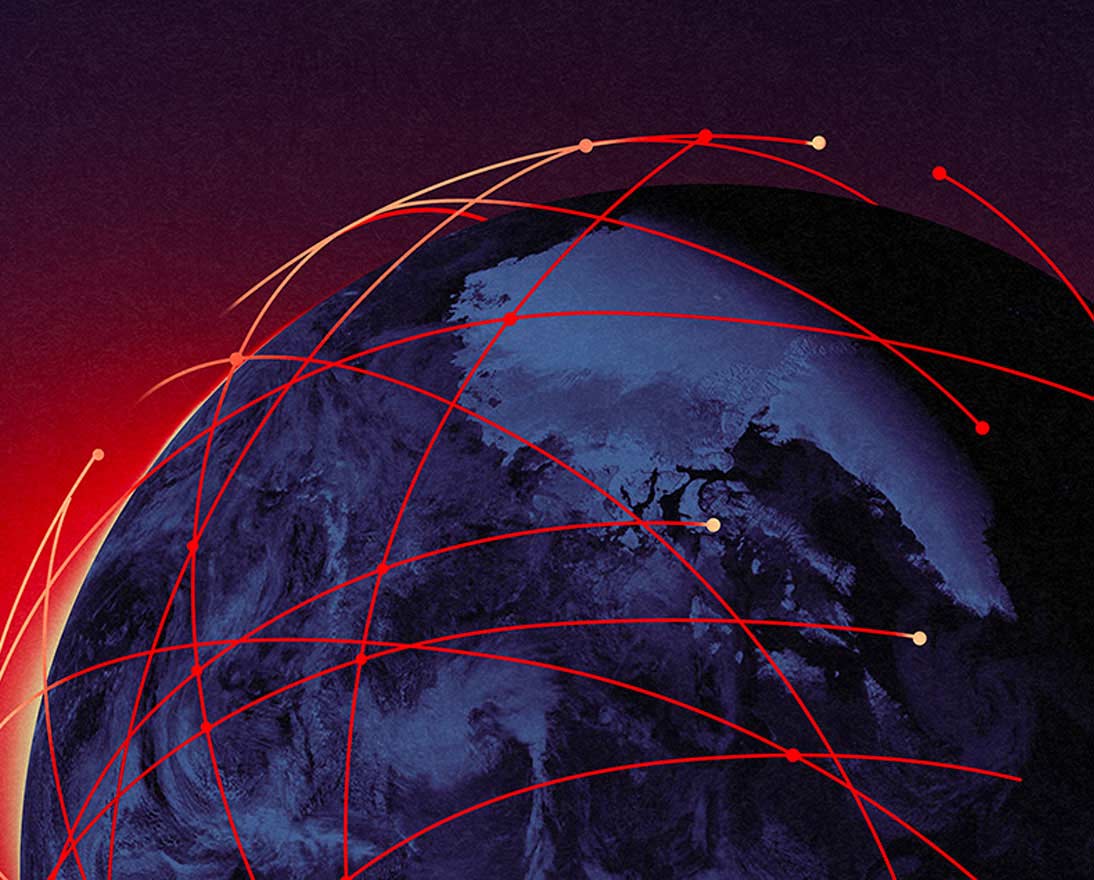The good news hidden inside today’s ‘polycrisis’
Global risksArticleMarch 9, 20235 min read
It is a sign of the chaos and uncertainty of recent times that people have been searching for new words to describe them. The Collins Dictionary word of the year for 2022, for example, was permacrisis. And in October, the historian Adam Tooze, writing in the FT, brought an older term, polycrisis, back into fashion.
This concept of polycrisis – in which a cluster of interdependent global risks create a compounding effect, such that their overall impact exceeds the sum of their individual parts – has sparked much animated discussion, not least in the World Economic Forum’s 2023 Global Risk Report and at Davos. Most commentators agreed that the term polycrisis is an accurate label for the complex web of challenges the world is now facing.
The ongoing fallout from the Covid-19 pandemic; high levels of indebtedness coupled with rising interest rates; the war in Ukraine and its ongoing repercussions, including a food crisis and an energy crisis (luckily eased by a mild winter); rising inflation and a cost-of-living crisis; capital outflows from emerging markets; international trade wars; social unrest; geopolitical confrontation and the spectre of nuclear war: the list of major global problems and future risks is long and dizzying.
Looking beyond black swans
Interestingly, the heated debate sparked by Tooze’s article has largely revolved around whether the term polycrisis describes an essentially new phenomenon, created by the unprecedented complexity and interdependence of modern globalised societies. Or whether it is merely a useful label to highlight a long-term trend, and perhaps even a historical constant.
As someone who has studied global risks for many years, I agree that most of the factors that form the current polycrisis are neither surprising nor new. Most global risks are not completely unpredictable ‘black swan’ events. They have been on the radar of risk professionals and discussed in the pages of the Global Risks Report for years. The reason they are now combining to form a polycrisis is that they have not been properly addressed or mitigated, despite our awareness of them. Why?

Collaboration and complexity
There are a couple of key reasons. First, because tackling complex, global issues requires the collaboration of so many stakeholders, both local, national and international. There is no simple, singular solution to any of these problems. Nor does any one group have it in their power to provide it. Climate change is, of course, the most obvious example of this.
Second, the difficulty of untangling complex global problems is compounded by the fact that we humans are generally poor at understanding probability and addressing long-term risks. As a species, we have evolved over hundreds of thousands of years to think on our feet and come up with creative solutions to short-term problems and crises. And we do this very well; it is one of the main reasons we are still here. But this behavioral bias also creates a disconnect between the course of action that would serve us best as a species over decades or centuries and the short-term expediency of the here and now.
For example, some governments’ knee-jerk response to the threat of a winter energy shortage was to consider more fossil fuel exploration, for example opening new coal mines, instead of using a short-term energy crisis as a catalyst to improve energy efficiency and accelerate their countries’ transition to clean energy – and thereby tackle a much larger long-term crisis – climate change – at the same time. Turning a crisis into a historic turning point towards a cleaner and more secure energy system.

The key to risk management
This is why the growing use of the term polycrisis is in itself encouraging. It demonstrates that, although the problems that form the current polycrisis are neither new nor surprising, our perception of them is changing. A need for a new word to label and articulate a problem implies that a new kind of solution will also be required. Armed with this heightened sense awareness – and, indeed, alarm – our next step should be to analyse each global risk in turn by asking the following questions. What are our underlying vulnerabilities to that risk? What are its potential trigger or triggers? And what are its likely consequences?
The key to successful risk management is to ask these questions well in advance and use the resulting insights to build resilience to potential crises before they emerge. Investing in flood defences and taking preventive measures against wildfires are two good examples. Indeed, it is a well-understood principle of risk management that every $1 invested in disaster mitigation saves $5 or more in post-event crisis management.
Building resilience
Societies that embrace this approach – such as Japan in its ability to cope with earthquakes that would have devastating consequences in other countries – are willing to invest considerable sums of money but also a great deal of time and thought into the best ways of building resilience. This is expensive and therefore can be politically unpopular in the short term. However, like all long-term insurance policies, it usually proves cost-effective over time.
This is why discussing the concept of a polycrisis doesn’t have to be a recipe for doom, gloom and existential despair. Lurking within every risk lies an opportunity to understand and address the root causes of a problem before it manifests as a larger crisis. And by building global resilience to the current polycrisis in this way, we stand the best chance of surviving to tackle the next one.





